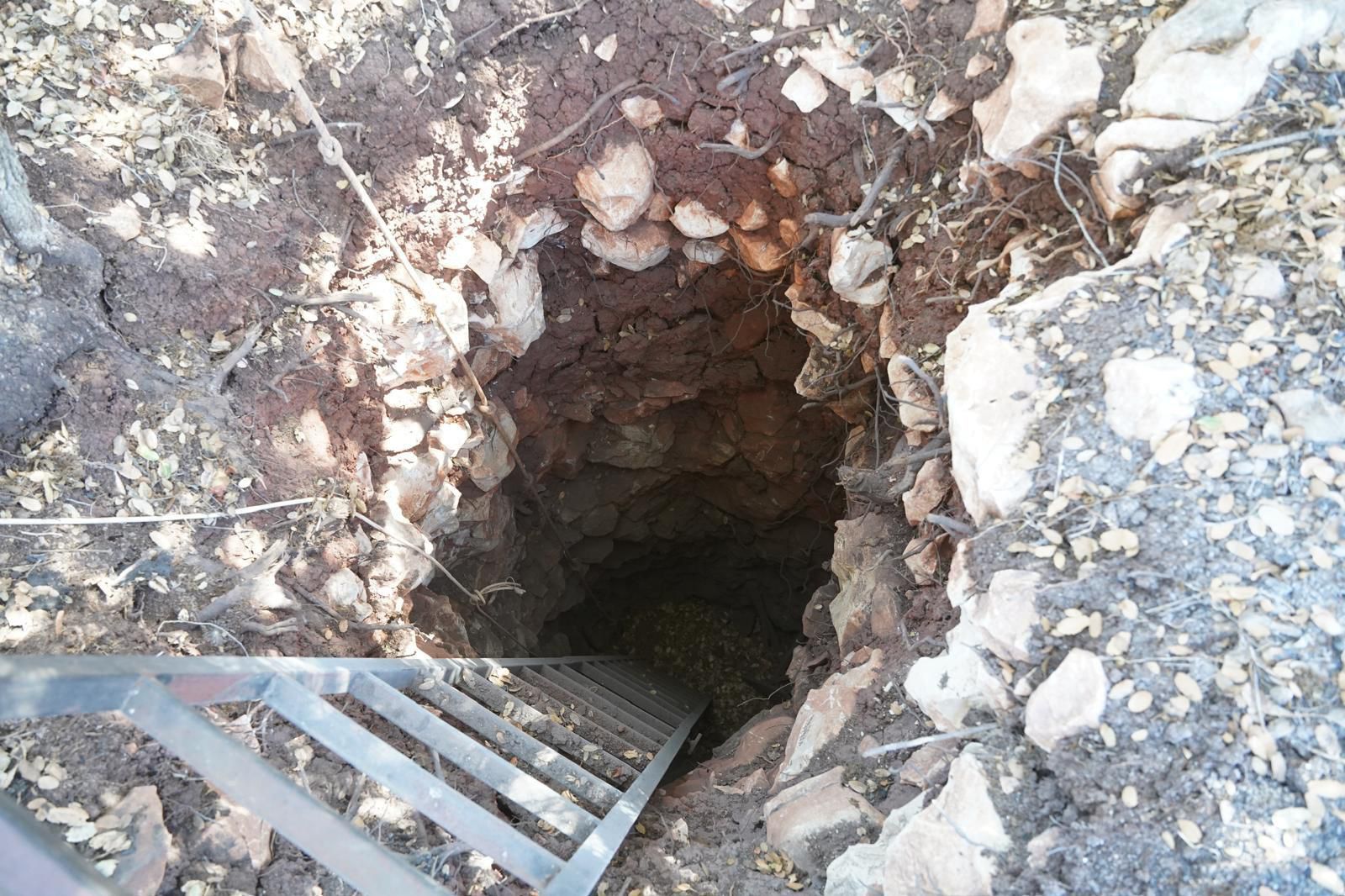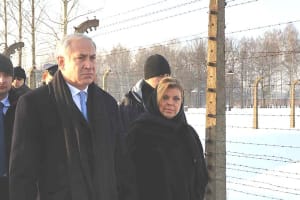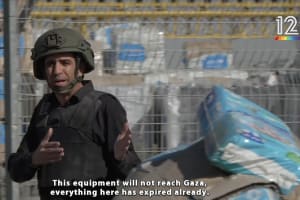Border community in Israel's north not surprised by discovery of Hezbollah tunnel, cites years of feeling ignored

Israelis living in one rural community adjacent to the Lebanese border were not surprised when the Israeli military announced on Tuesday that it had discovered and destroyed a Hezbollah terrorist tunnel nearby.
In fact, many residents of Moshav Zar’it have felt threatened by Hezbollah for years and felt their concerns were largely dismissed by Israeli authorities.
“This is no surprise to us,” said Sara and Zion Arbiv, two long-time residents of Zar’it who have four children and four grandchildren. "We’ve been warning the authorities for years. No one can claim we didn’t try to raise awareness—we reached out to local officials and even to the government."
"We were always told we didn’t understand or that we were imagining things," the Arbiv couple complained. However, they expressed satisfaction that the Israeli government is finally taking their security seriously. "We’ve stopped being the country’s human shield."

Their sentiments are shared by many other Israeli residents on Israel's northern border with Lebanon.
Gabi Naaman, who heads the Shlomi Local Council border community, demanded accountability for the previous failures to secure the area.
"Who will be held accountable for this negligence?" Naaman asked.
While the Israel Defense Forces have neutralized the Hezbollah tunnel next to Moshav Zar’it, many residents are concerned about how many more may be there.
Shimon Guetta who heads the Ma’ale Yosef Regional Council, an Israeli community close to the Lebanese border, expressed his security concerns.
"We warned in the past about suspicious noises and potential dangers, but the border remained exposed. While the discovery of the tunnel saved lives, it doesn’t erase the long-standing failure to secure this area," Guetta explained.
On Oct. 7 of last year, the Iranian-backed terrorist group Hamas invaded southern Israel from Gaza and massacred 1,200 Israelis. The terrorists also abducted 251 Israelis and foreign nationals, some already deceased, into the Gaza Strip. The following day, Hezbollah forces launched an unprovoked attack on the Jewish state, firing rockets, missiles and drones into northern Israeli communities.
The Israeli military recently unveiled large quantities of weapons in southern Lebanon, which Hezbollah terrorists had planned to use for a large Oct. 7-style attack on northern Israeli communities. Like Hamas in Gaza, Hezbollah has embedded military assets in civilian structures and homes, a flagrant violation of international law.
At least 60,000 Israelis have been displaced from their homes in northern Israel as a result of the ongoing Hezbollah rocket and missile attacks on Israel.
In September, the Israeli government publicly declared that the return of residents of northern Israeli communities was a crucial goal of the war.
“The Security Cabinet has updated the objectives of the war to include the following: Returning the residents of the north securely to their homes. Israel will continue to act to implement this objective,” the Prime Minister’s Office (PMO) in Jerusalem stated.
Since this declaration, Israel has increased the intensity of attacks against Hezbollah forces and has been targeting its top leadership.
Some Israeli military experts were particularly concerned by Hezbollah’s Radwan elite force, which is operating in southern Lebanon and was training for a full-scale invasion of northern Israeli communities.
In September, the IDF eliminated most of Radwan’s top commanders in an aerial strike in Beirut.
Beginning this month, IDF troops launched a ground incursion into Lebanon and have already eliminated hundreds of Hezbollah terrorists, including senior commanders.
The Israeli government’s overall goal is to degrade Hezbollah’s military capabilities and push the Iranian terror proxy group further north, beyond the strategic Litani River.

The All Israel News Staff is a team of journalists in Israel.













